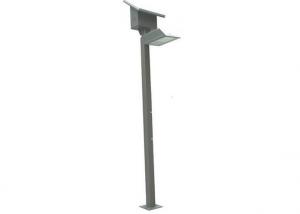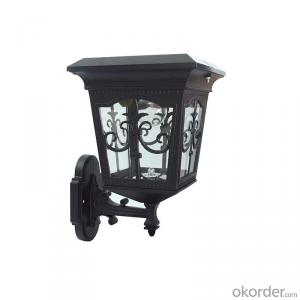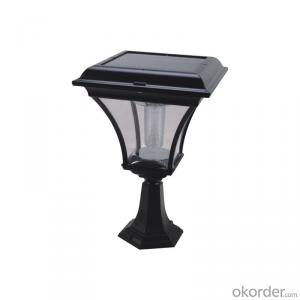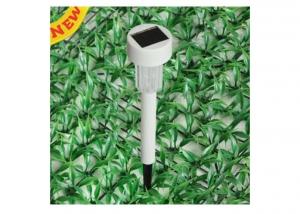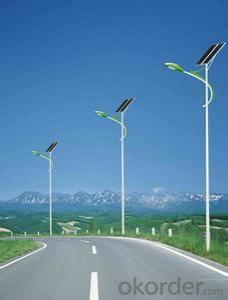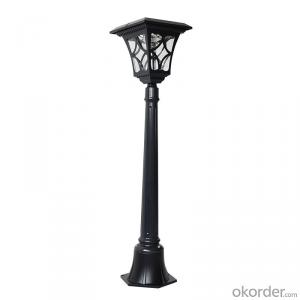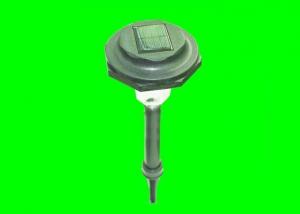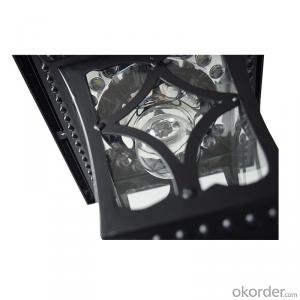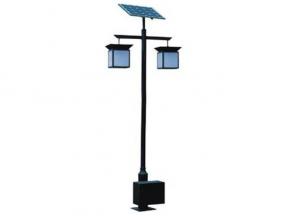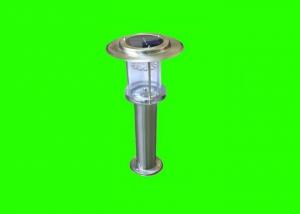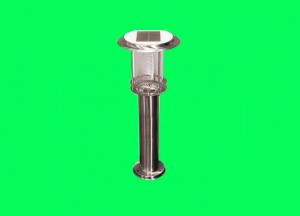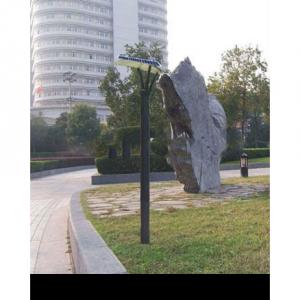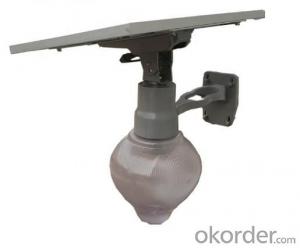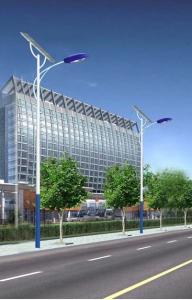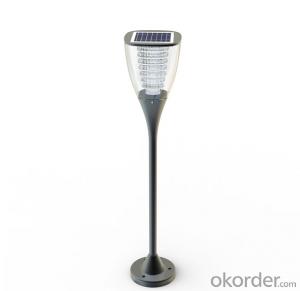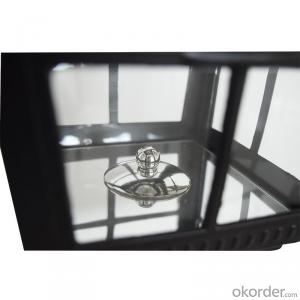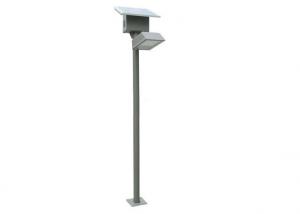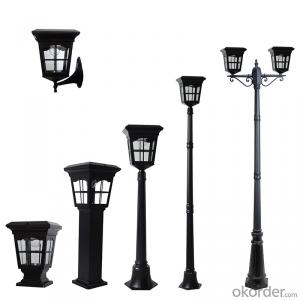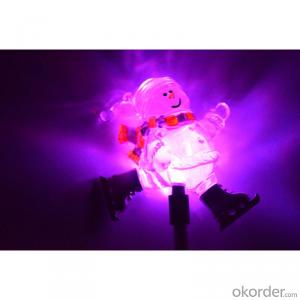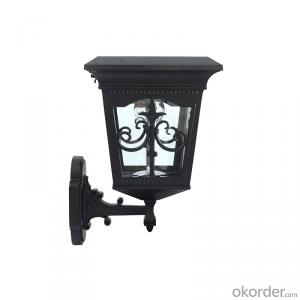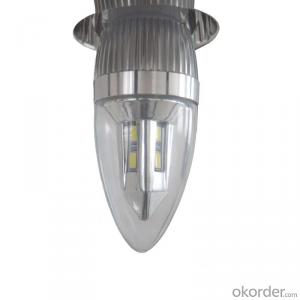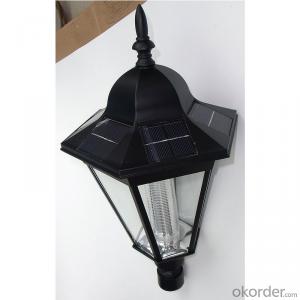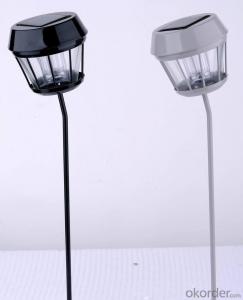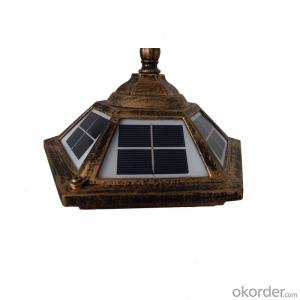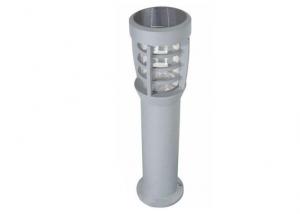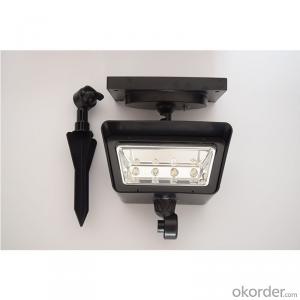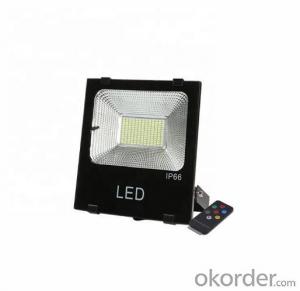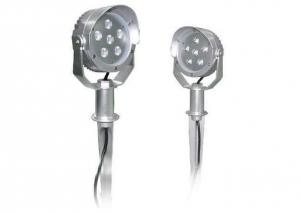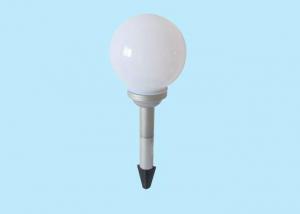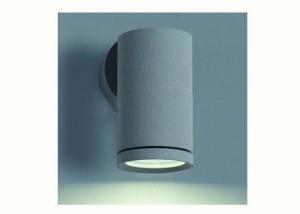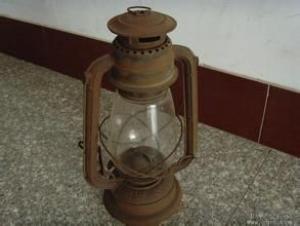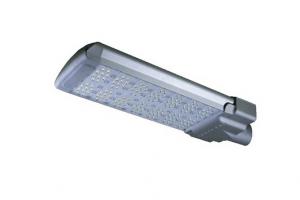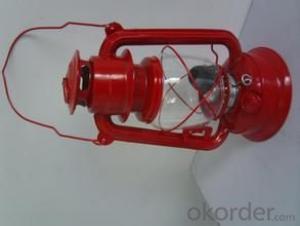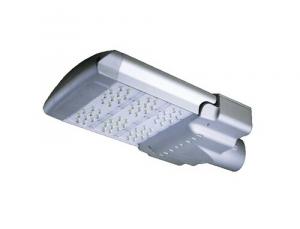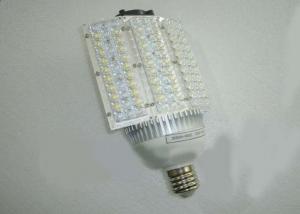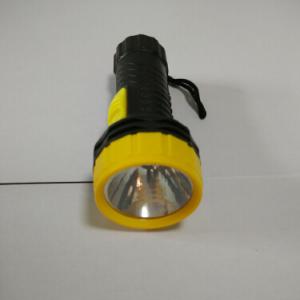Garden Post Solar Lights
Garden Post Solar Lights Related Searches
Solar Garden Lights Garden Solar Spot Lights Garden Wall Solar Lights Garden Solar Wall Lights Electric Garden Post Lights Solar Spot Lights Garden Next Solar Garden Lights Solar Garden Light Bulbs Post Lights For Outdoors Solar Ball Lights Garden Commercial Outdoor Post Lights Solar Panel Decking Lights Solar Lamp Post Light Fixture Led Outside Lights Solar Electric Garden Lanterns Driveway Gate Post Lights Led Garden Lighting Hanging Solar Lights For Trees Lights For Indoor Garden Outside Post Lighting Fixtures Exterior Light Post Fixtures City Power Street Lights Led Indoor Garden Lights Decorative Solar Lantern Solar Light Bulb Outdoor Wireless Garden Lighting Plastic Solar Lanterns Small Led Outdoor Lights Outside Lights For Trees Outdoor Lights For TreesGarden Post Solar Lights Supplier & Manufacturer from China
Garden Post Solar Lights are a range of innovative lighting solutions designed to enhance the ambiance and functionality of outdoor spaces. These eco-friendly lights harness the power of the sun during the day and automatically illuminate at night, providing a sustainable and cost-effective way to light up gardens, pathways, and other outdoor areas. The solar-powered nature of these lights makes them an ideal choice for those looking to reduce their carbon footprint while still enjoying the benefits of well-lit outdoor spaces.The application and usage scenarios for Garden Post Solar Lights are vast, as they can be easily integrated into various outdoor settings. They are perfect for illuminating walkways, marking boundaries, and adding a touch of elegance to gardens and landscapes. These lights can also be used to enhance the safety and visibility of outdoor areas, such as steps, pools, and driveways, ensuring that visitors and residents can navigate with ease during the evening hours. With their low-maintenance and energy-efficient design, Garden Post Solar Lights offer a practical and attractive solution for outdoor lighting needs.
Okorder.com is a reputable wholesale supplier of Garden Post Solar Lights, boasting a large inventory of these innovative lighting products. As a leading distributor, Okorder.com ensures that customers have access to a wide variety of Garden Post Solar Lights options, catering to different design preferences and lighting requirements. With their extensive stock and commitment to quality, Okorder.com is the go-to source for those seeking to purchase Garden Post Solar Lights in bulk for their projects or businesses.
Hot Products
